I Tested 12 of The Best Dutch Ovens for Cozy Slow-Cooking and Found the One I’ll Use for the Rest of My Life
From heritage Le Creuset to modern HexClad, these are the only 6 Dutch ovens worth considering
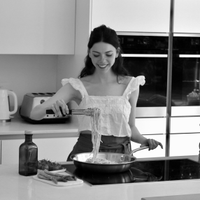
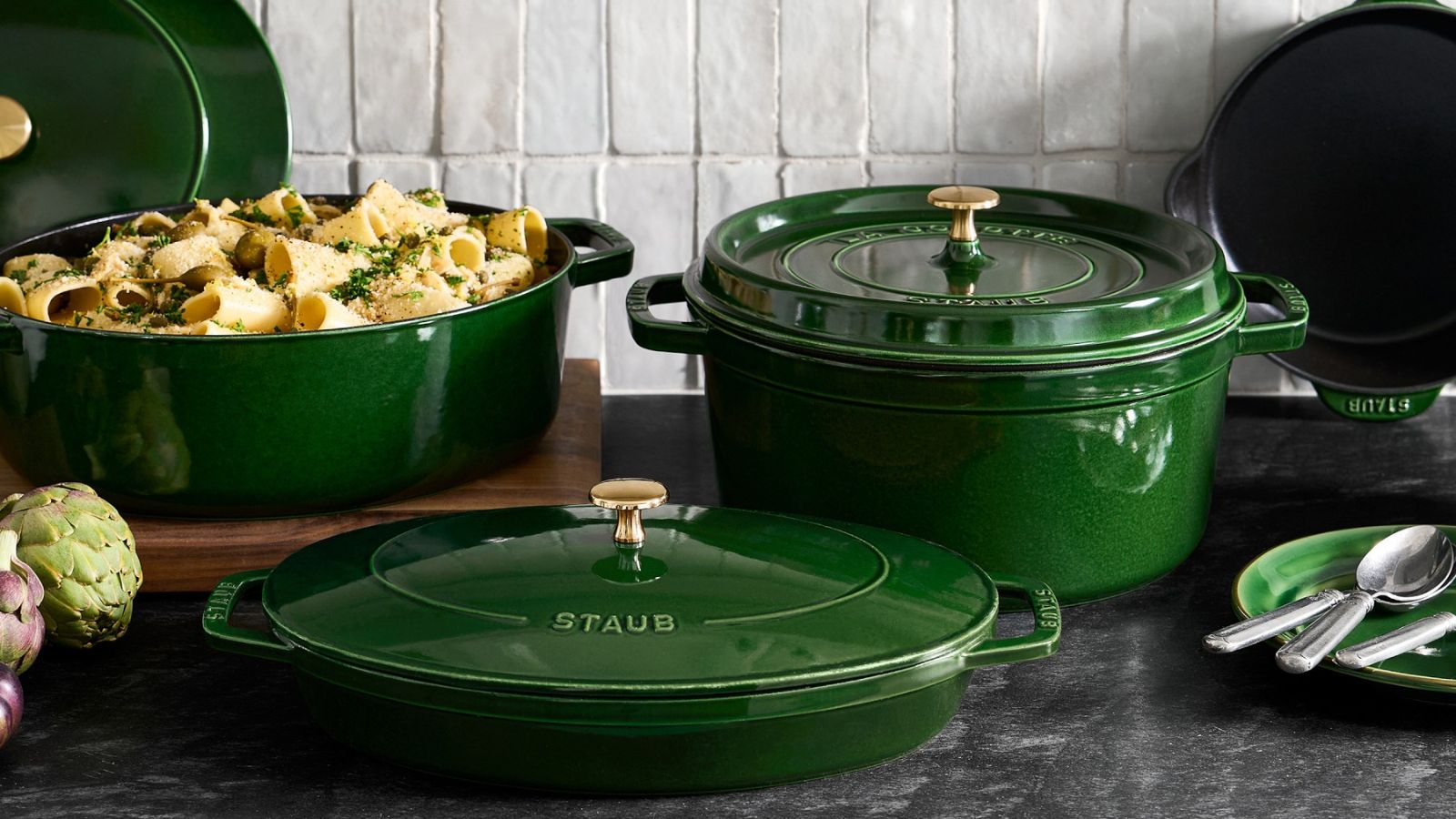
For me, the best Dutch oven is a lifetime investment. I use a variety of pots and pans when I'm cooking professionally, but at home, my Dutch oven is my one-pot hero. Usually made from enameled cast iron and tough enough to handle the hottest oven temperatures, they can be used to bake cheesy pastas, slow-cook stews, simmer soups, braise meat, and even bake bread.
Part of the fun is choosing a Dutch oven that looks beautiful on your stovetop. The best cast iron cookware brands like Le Creuset and Staub offer a range of chic shades to suit your kitchen, while more modern brands like HexClad offer shiny steel materials and excellent non-stick surfaces, which are worth considering, too.
I tested all the top brands across various price points, and there was one clear winner. Le Creuset is the best buy, with Staub and Lodge following close behind. I also found three more options worth mentioning if you have specific needs in the kitchen.
The quick list
You'll find more in-depth reviews and insight from my tests further down the page. For now, these are the headlines on the best Dutch ovens.
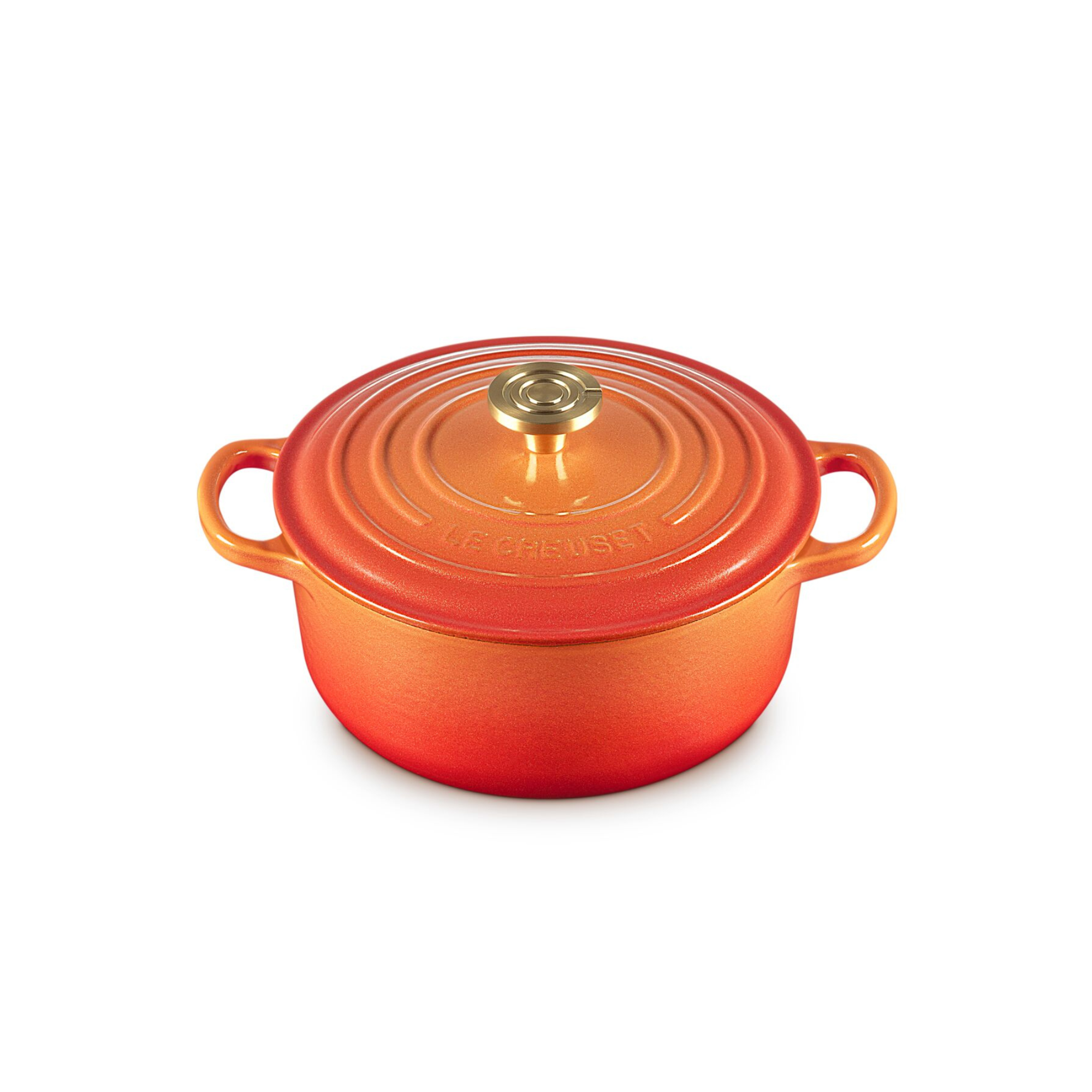
Le Creuset is the best money can buy. With superior durability, heat retention, and the chicest colorways, it is ideal for a lifetime of slow-cooking stews and baking sourdough.

If you want to spend under $100 on a Dutch oven, look no further. Lodge is beautiful and functional, just with a smaller searing area due to sloped sides, and the lid doesn't fit as tightly as Le Creuset.
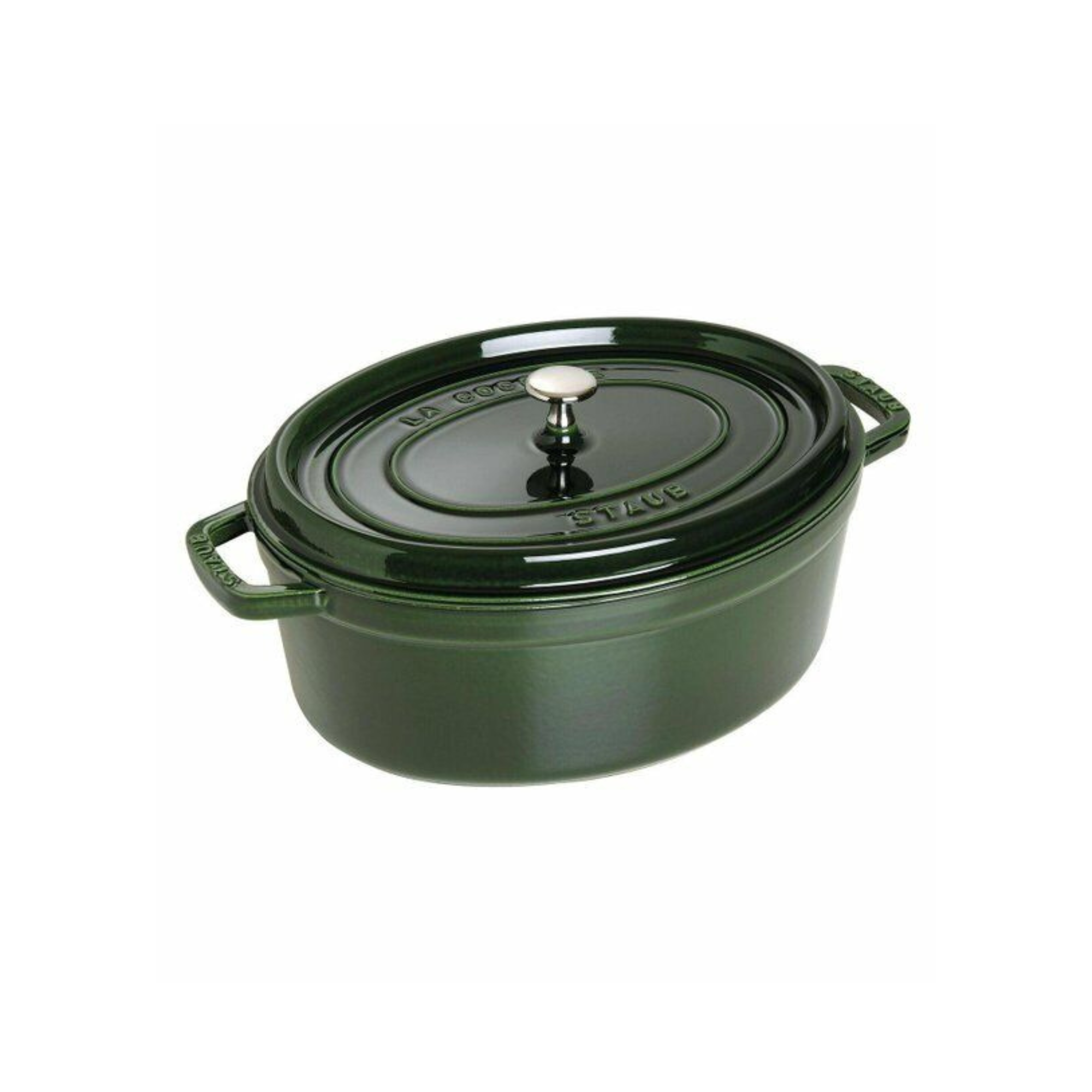
If you want to roast large joints of meat until pull-apart tender, you'll need a large oval Dutch oven. Staub's Cocotte is the best I've tried, with a tight-fitting lid featuring grooves to retain moisture. It's heavy, but absolutely beautiful.

I'm a die-hard Le Creuset fan when it comes to slow cooking and braising; but the HexClad Dutch Oven pleasantly surprised me. It's more affordable, light and easy to handle, yet still retains heat well, with a tight lid that locks in moisture.

Made in Italy with GreenPan’s sturdy non-toxic ceramic coating and Stanley Tucci’s chic design touch, this modern Dutch oven is a nice mid-range pick.

If you have difficulty with mobility and need a simple, lightweight cooking pot, try this Tefal Air option. Just be prepared to lose searing power and heat retention. It is made of aluminum, not cast iron.
Best Dutch Ovens
Best Dutch oven overall
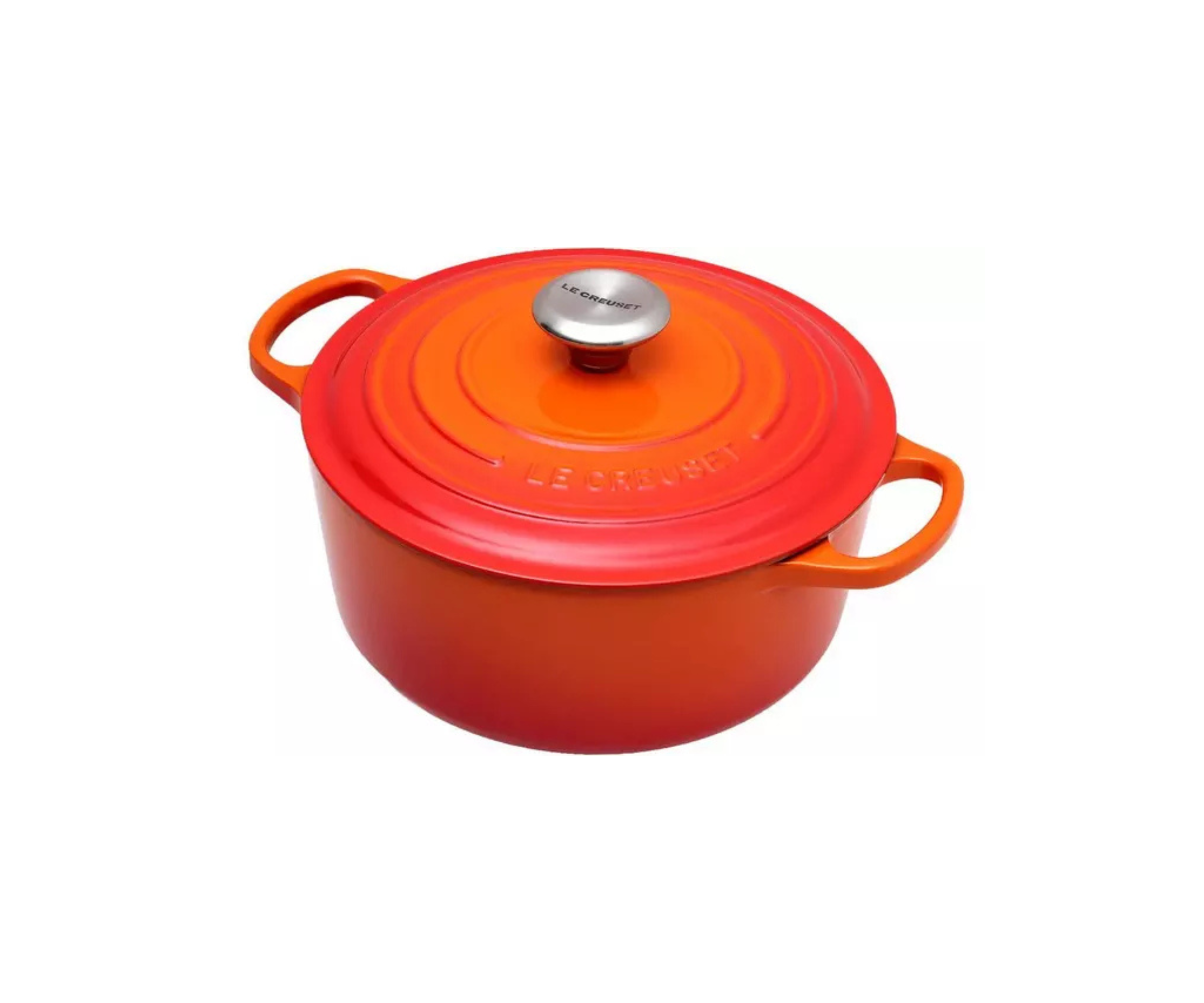

Le Creuset Signature Round Dutch Oven 5.5 qt
The best money can buy
Materials: Cast iron and enamel coating | Weight: 5.76 kg | Heat tolerance: Oven safe to 500°F | Induction safe: Yes | Origin: Made in France | Warranty: Lifetime Warranty
Le Creuset’s Dutch oven is a standout for its combination of performance, design, and longevity. Despite the cast-iron construction, it’s surprisingly light and easy to handle, with thoughtful design touches like ergonomic knobs and sturdy handles that make daily use effortless. It’s available in a stunning range of colors, like bold reds and deep blues to soft neutrals like cream and gray.
The smooth enamel surface gets a good sear on meat, which is the key to building rich, umami-packed flavor into braises and stews. The lid is also very tight-fitting, which locks in the moisture for tender results. The surface is easy to clean, maintain, and keep looking good on the stovetop.
What really sets Le Creuset apart is its longevity. I grew up cooking with my mother’s pot, a wedding gift from over 30 years ago, which still performs excellently today. When I covered 'Is Le Creuset worth it?' I spoke to our Style & Trends Editor, Charlotte Olby, who still uses the Dutch oven she inherited from her Grandad, which he bought in the 1960s. This cast-iron cookware is built to last.
Best value Dutch oven
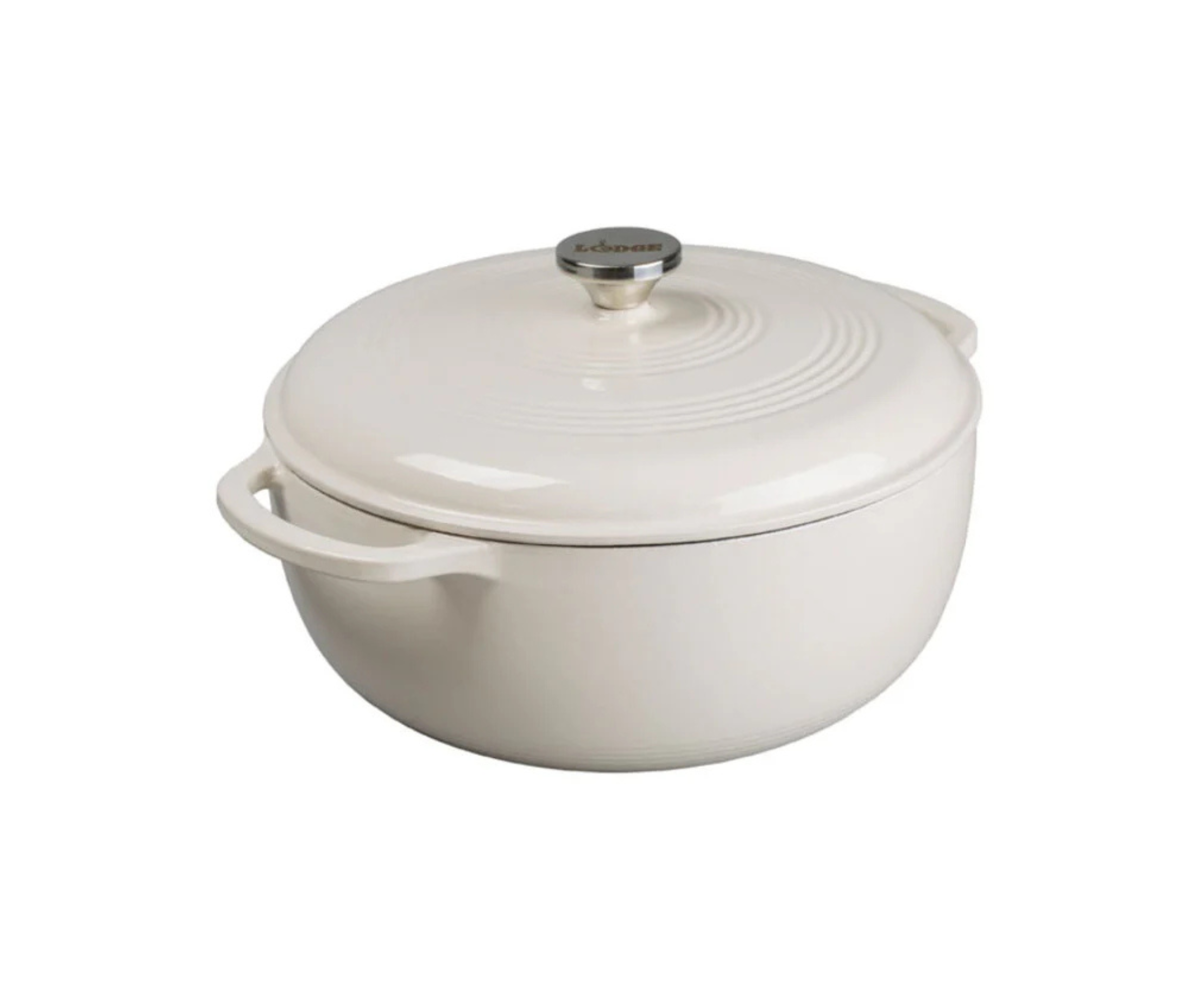
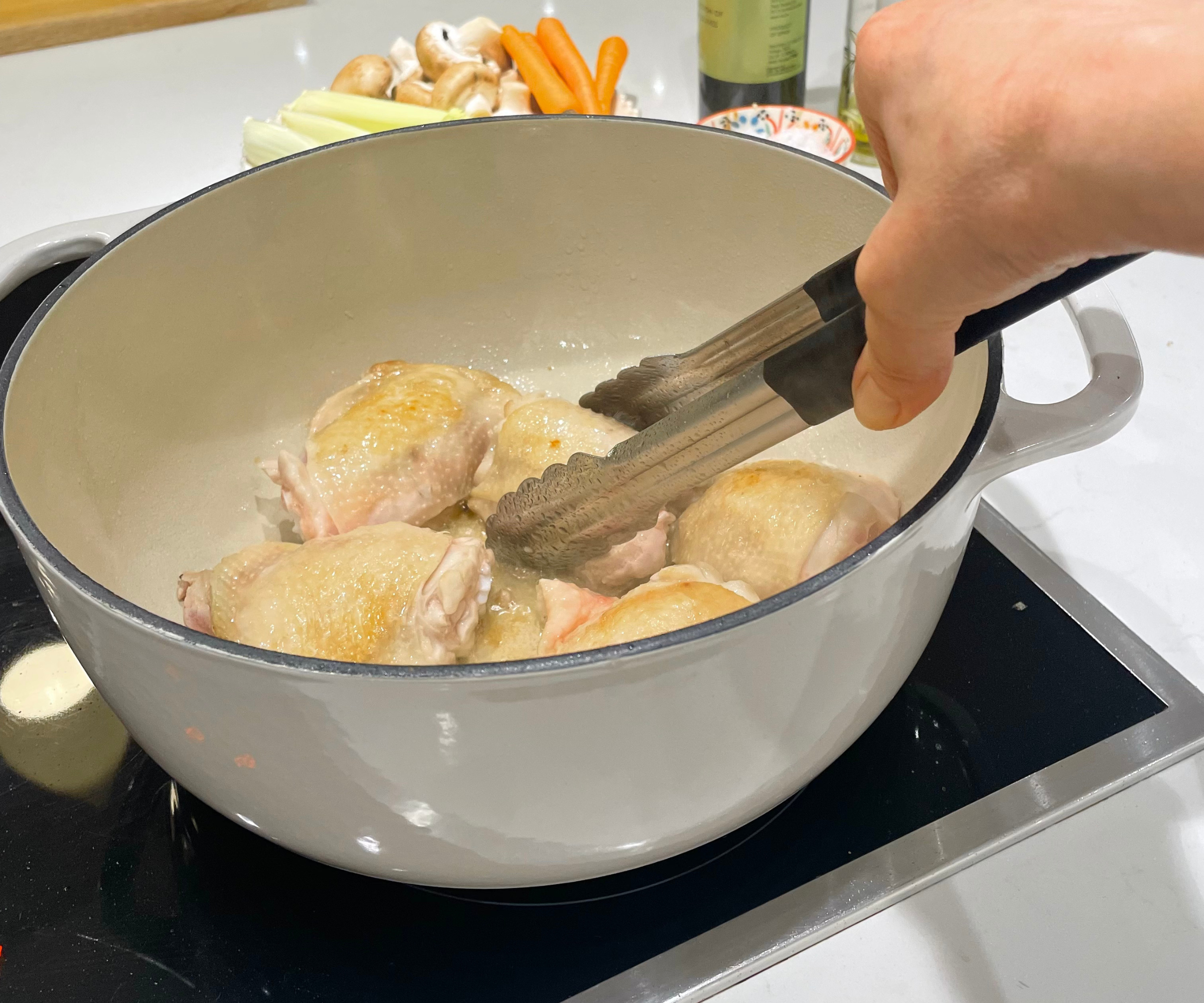
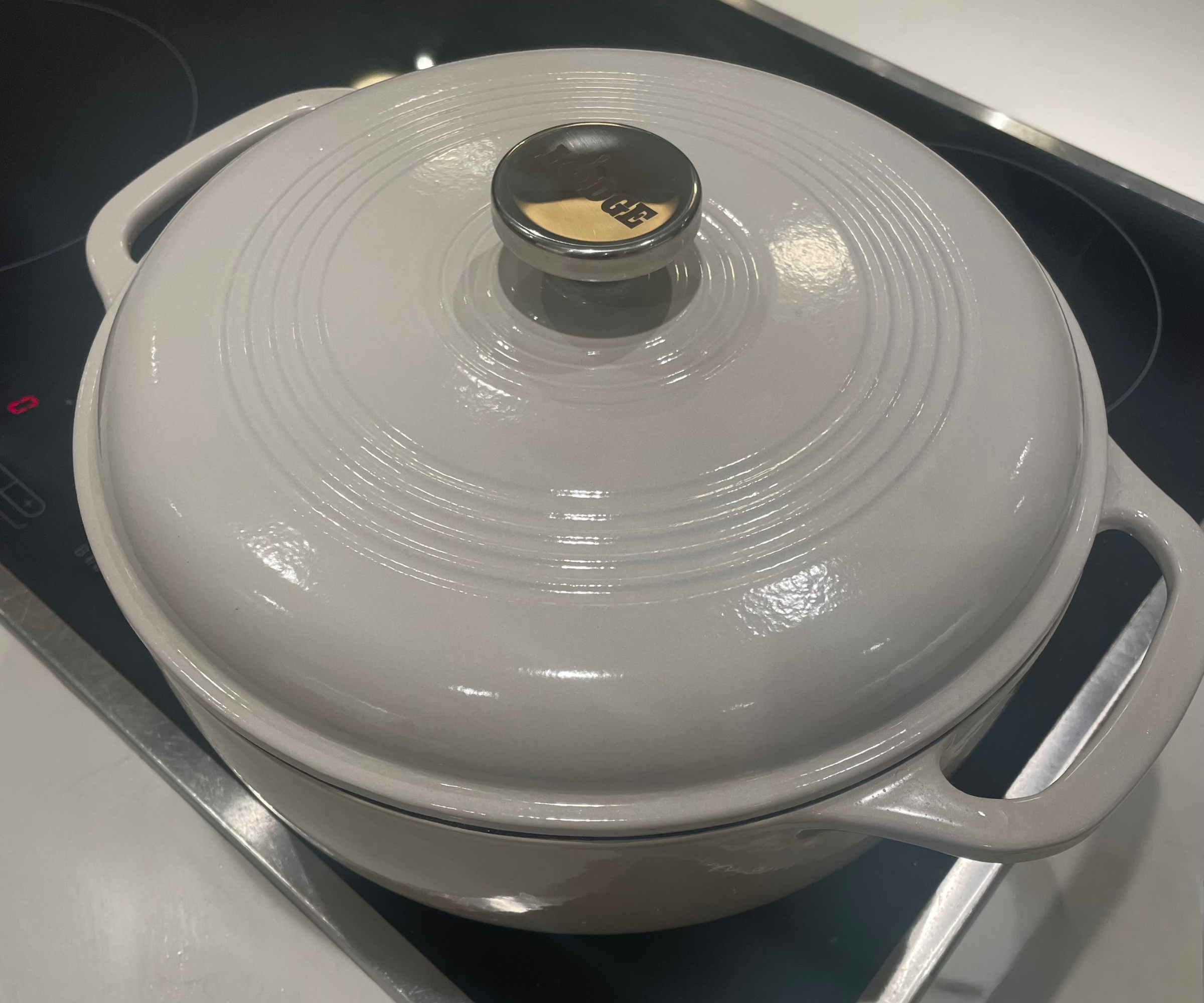

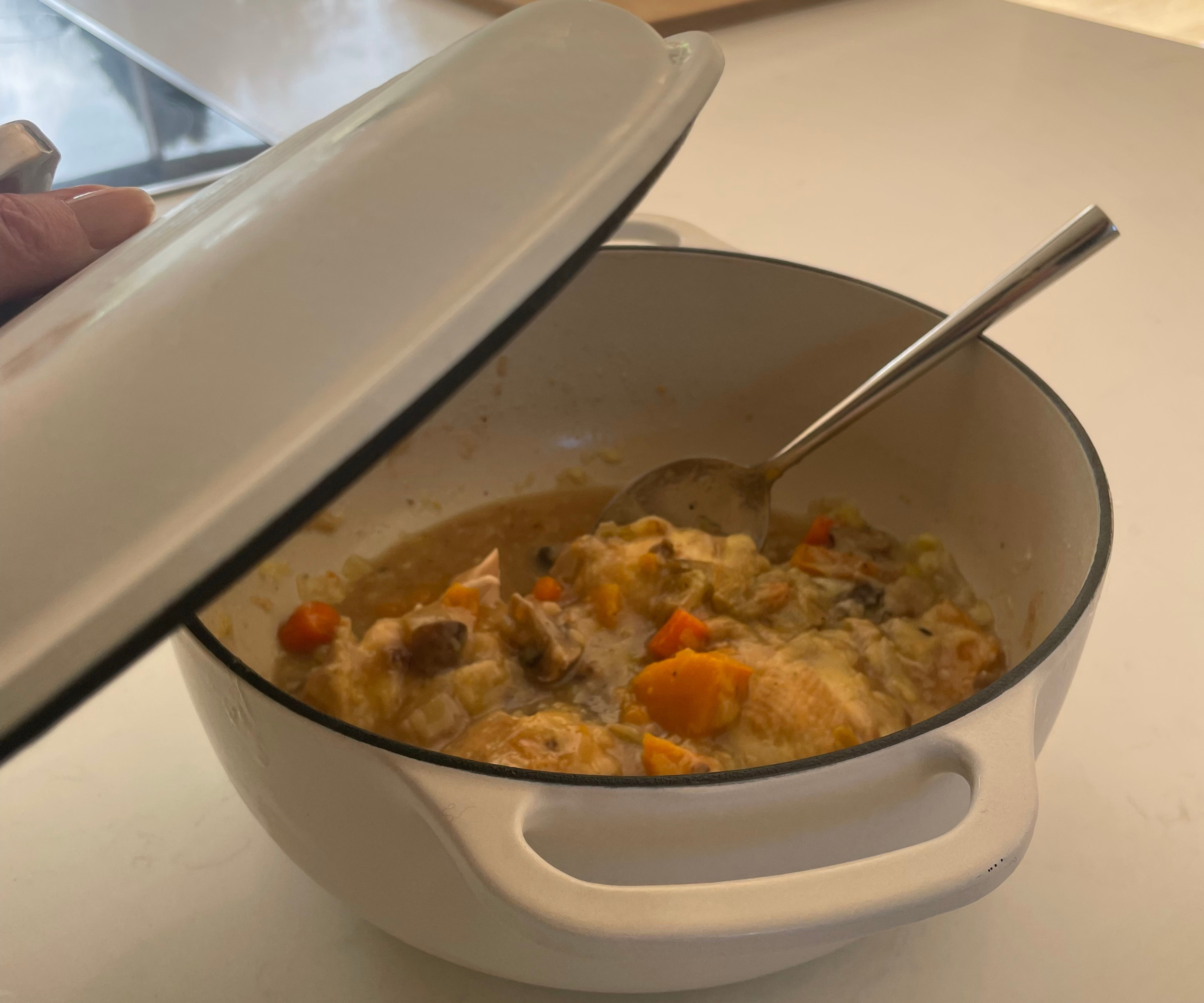
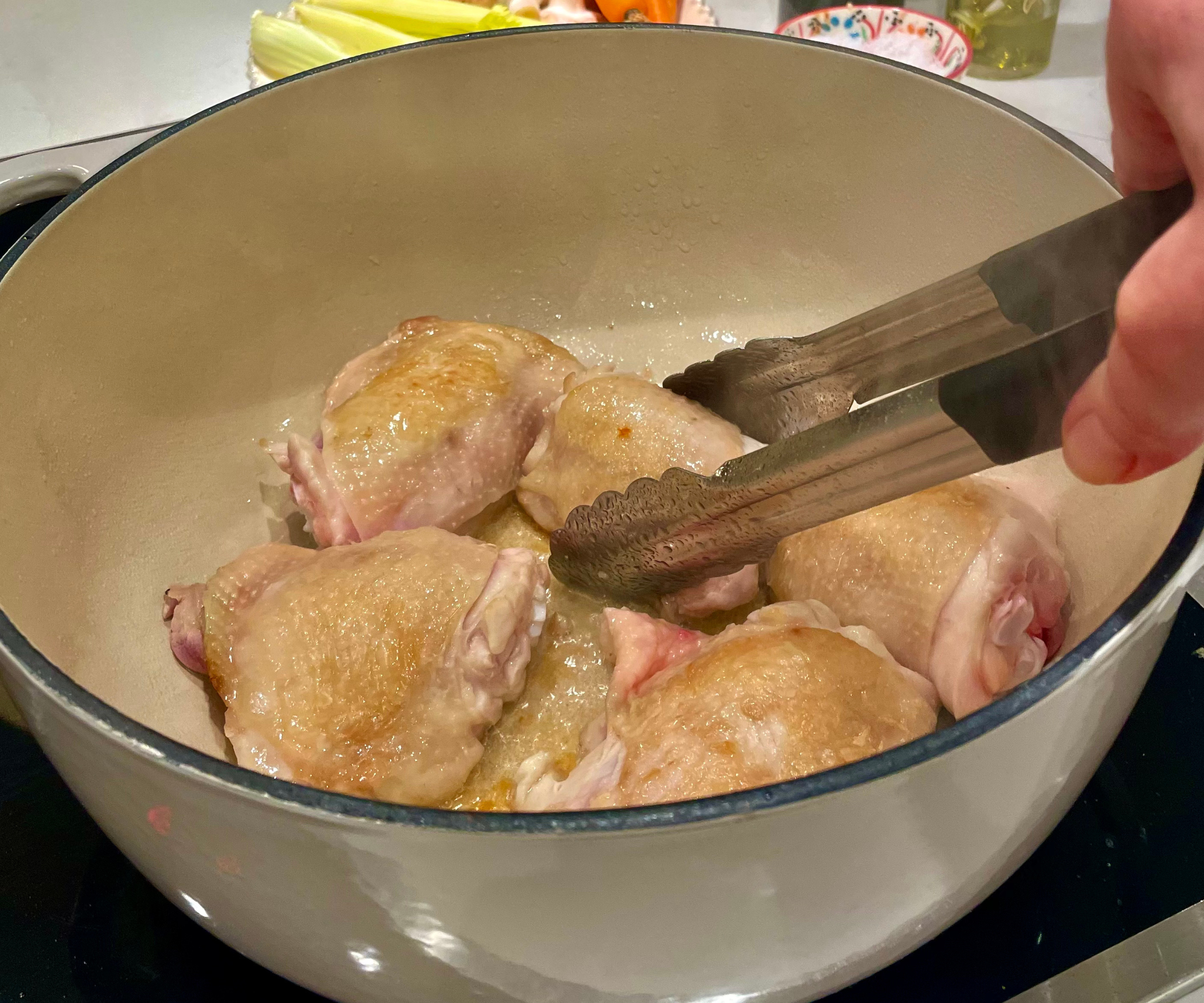
Lodge 6QT Enameled Cast Iron Dutch Oven with Lid
Best value Dutch Oven
Materials: Cast iron & porcelain enamel | Weight: 6.74 kg | Heat tolerance: Oven safe up to 500F | Induction safe: Yes | Origin: Designed in USA, made overseas | Warranty: Limited Lifetime Warranty
Lodge was founded in 1896 and is still headquartered in South Pittsburg, Tennessee. They are most famous for making raw cast-iron skillets, but they also make an enameled cast-iron Dutch oven, which is under $100.
When mine arrived in the test kitchen, I was pleasantly surprised by the sturdy cast-iron build, heavy base, and glossy enamel surface. I used it to make a great chicken casserole, with fall-apart, tender meat in a richly flavored sauce. I also baked bread in the Lodge Dutch oven; the cast-iron walls gave the bread a gorgeous golden crust, while the middle remained fluffy and airy.
My main criticisms? It has very sloped edges, which means you lose searing space and while the lid is nicely domed, it doesn't fit very tightly on the pot. Plus, after just one use, I saw a patch of rust develop on the rim of the lid. To avoid this, you need to be very careful when drying the pot, and you may need to season it for better longevity.
Read more details in my full Lodge Enameled Cast Iron Dutch Oven Review
Best for roasting meat


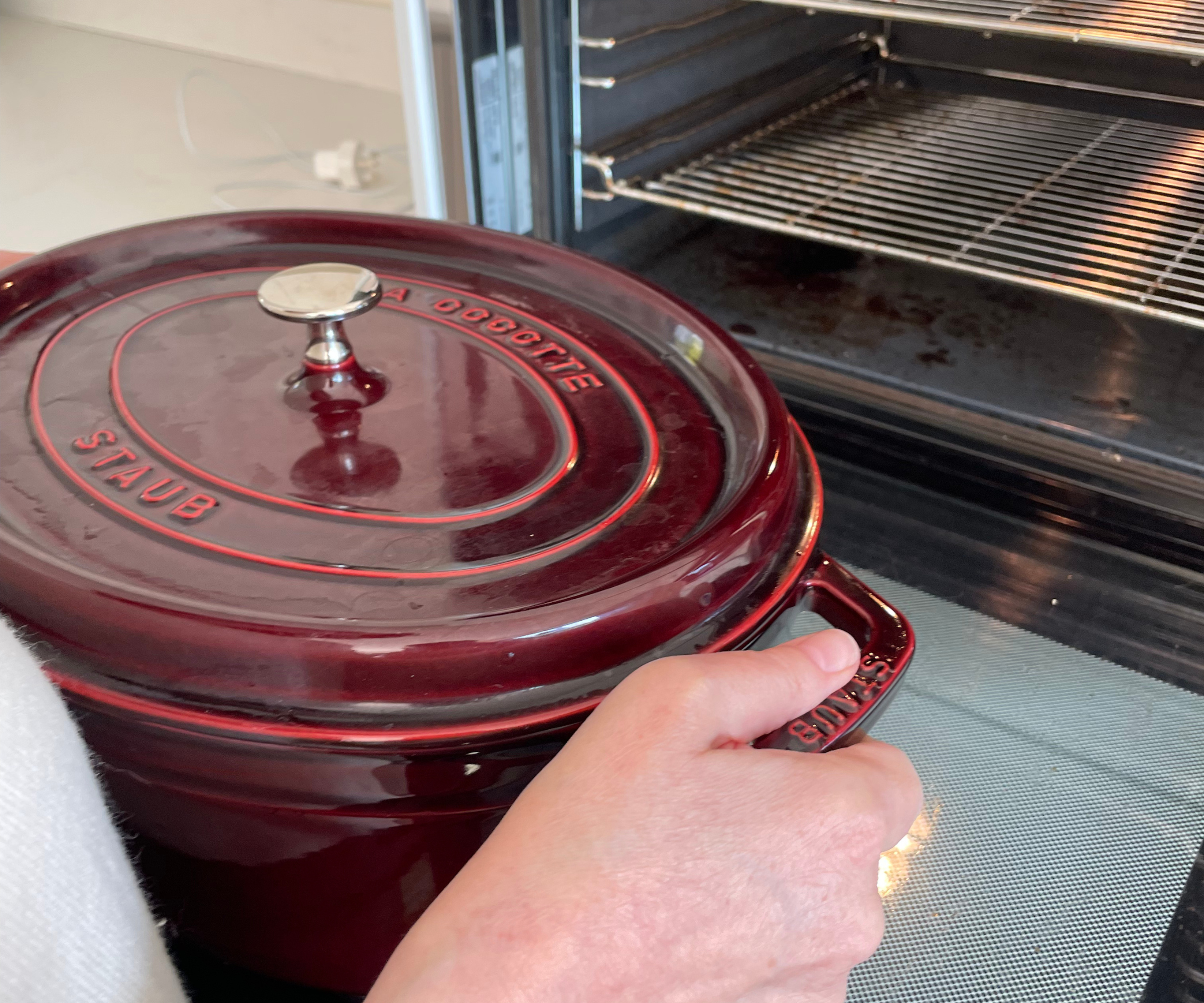
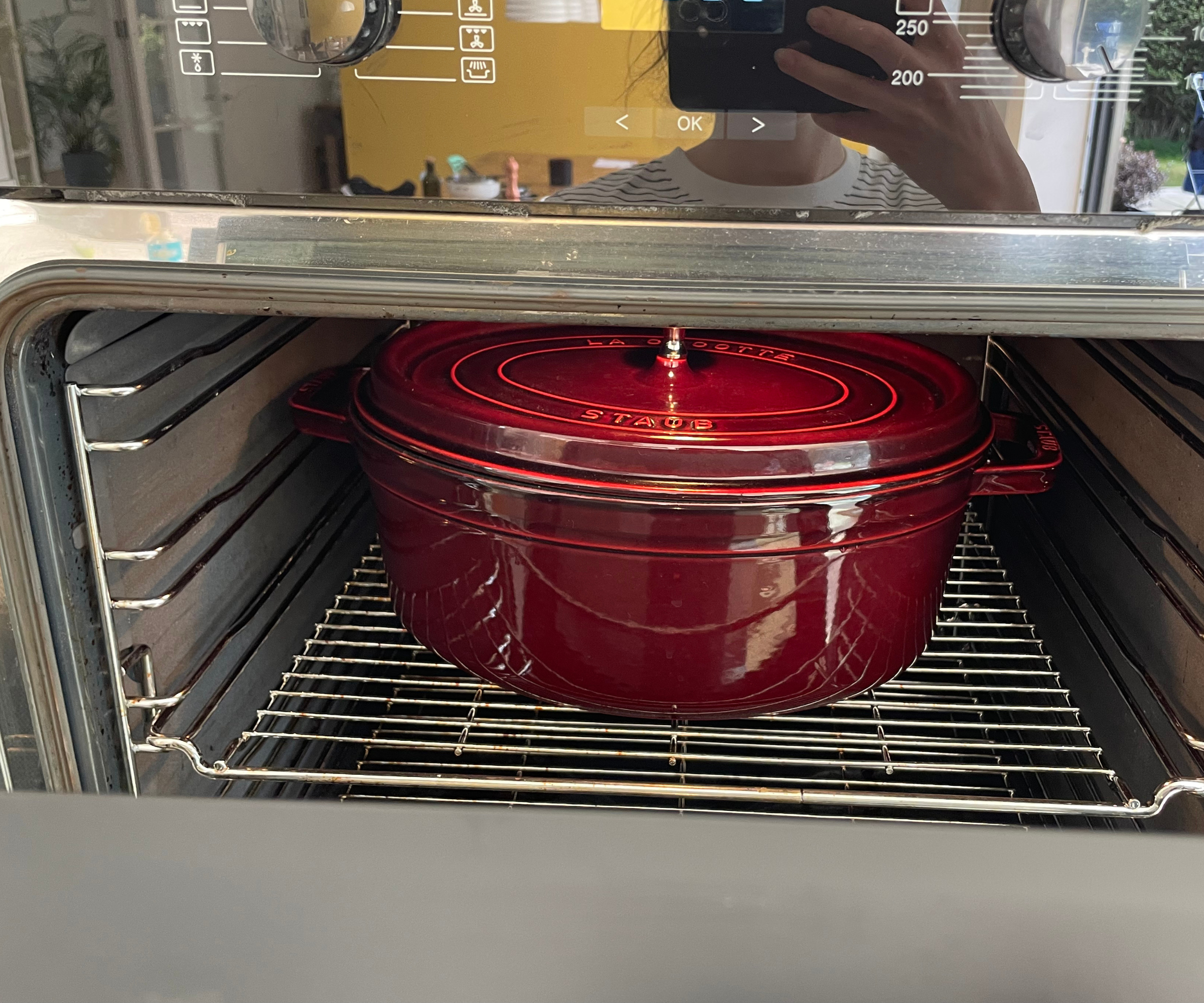
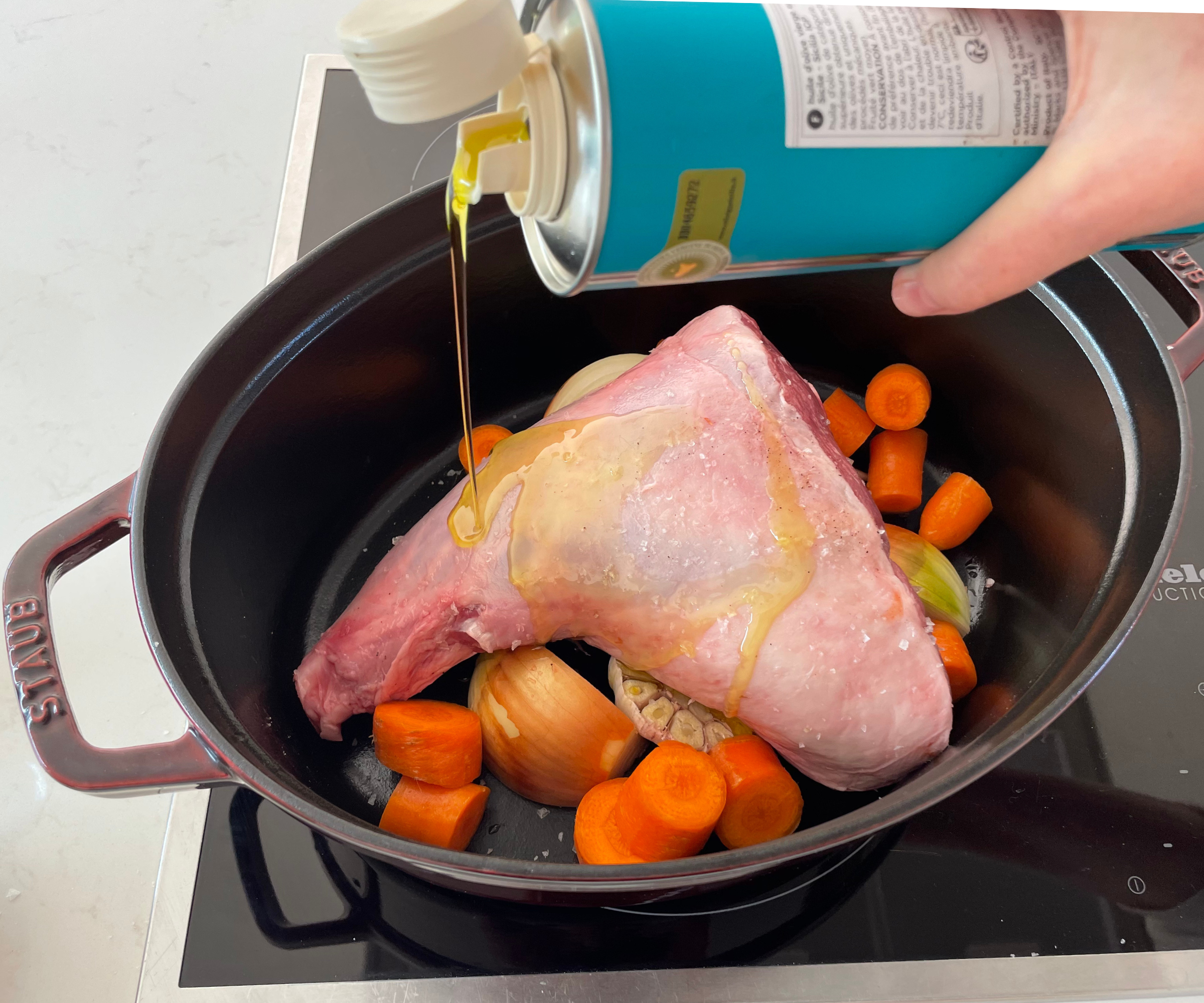
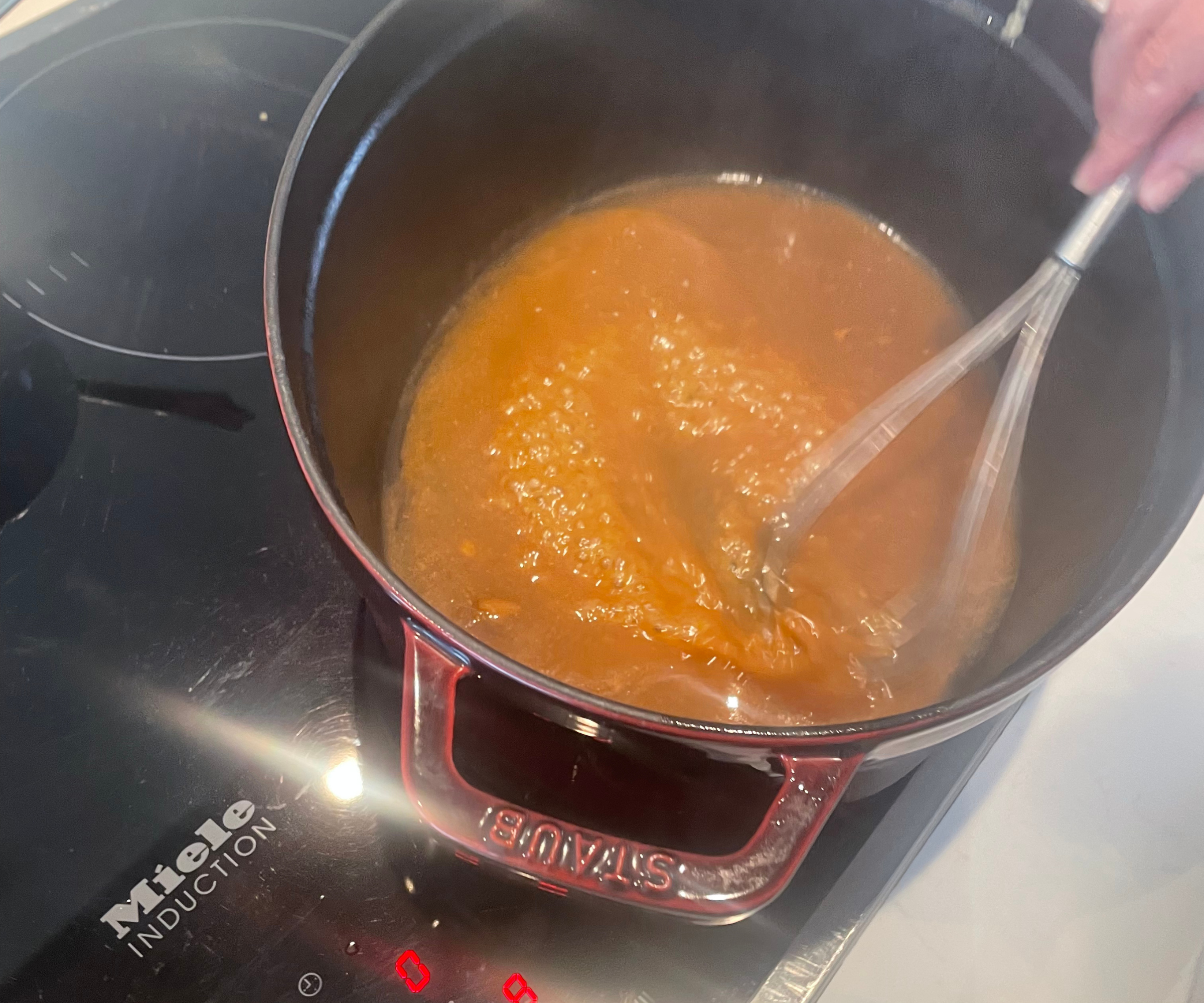
Staub Oval Cocotte
The best large Dutch oven for slow-cooked, tender meat
Materials: Cast iron and enamel coating | Capacity: 5.7 quarts or 7 quarts | Weight: Dependent on size | Heat tolerance: Oven safe to 500°F | Induction safe: Yes | Origin: Made in France | Warranty: Lifetime Warranty
After testing the Staub 7-quart Cocotte, I begged the brand to let me keep it, and it has become my most prized possession; the crown jewel of my cookware collection.
It comes in two sizes (5.7 quarts or 7 quarts) and the oval shape is ideal for roast chicken or large joints of meat. I first cooked a whole leg of lamb in it, and the results were nothing short of spectacular: deeply golden, crispy on the outside, and pull-apart tender within. After hours in the oven, I used the same pot to make gravy on my induction hob. That seamless oven-to-stovetop transition is part of what makes the best Dutch ovens so satisfying to use.
The matte black interior is resistant to rust and chipping, and it doesn’t need any seasoning. It even contains traces of quartz, which help with browning. The unique, heavy lid has tiny spikes that gather condensation and baste the dish as it cooks, for extra moisture and flavor. It’s ideal for large slow braises, stews, roasts, or any recipe that gets better the longer it simmers.
I have one word of warning: it is heavy. I need a second pair of hands to help me lift it into the oven.
Best non-stick Dutch oven

HexClad Dutch Oven
Best non-stick
Material: Stainless steel and ceramic hybrid | Capacity: 5 quarts | Weight: 2.22 kg | Heat tolerance: Oven safe up to 900F | Warranty: Lifetime warranty
I tested HexClad’s largest saucepan rather than the Dutch oven (essentially the same product, though the Dutch oven is slightly larger and it comes with side handles for lifting in and out of the oven). I knew straight away that I loved the design.
I’ve raved about HexClad's hybrid non-stick surface for years – it delivers the slick release of a non-stick pan, while still offering the durability and searing power of stainless steel. The tri-ply construction distributes heat evenly, and I achieved a lovely browning on my chilli con carne mince, with the tight-fitting lid locking in moisture (essential for keeping meat tender and juicy).
The non-stick coating makes cleanup very easy and helps prevent those stubborn stuck-on bits, which is especially handy when starting dishes with simmered onions, garlic, and spices. Additionally, you can use all your metal utensils for flipping or stirring, which is a no-no for cast-iron pots.
Compared to Le Creuset and Lodge, the HexClad Dutch Oven feels noticeably lighter and easier to handle – but you do lose that heat retention. The other trade-off is the aesthetic. The steel isn’t as classically cozy or chic. But at a much lower price point than rival cast iron brands, HexClad could be a practical pick.
Read more in my HexClad Hybrid Cookware review
Best ceramic Dutch oven

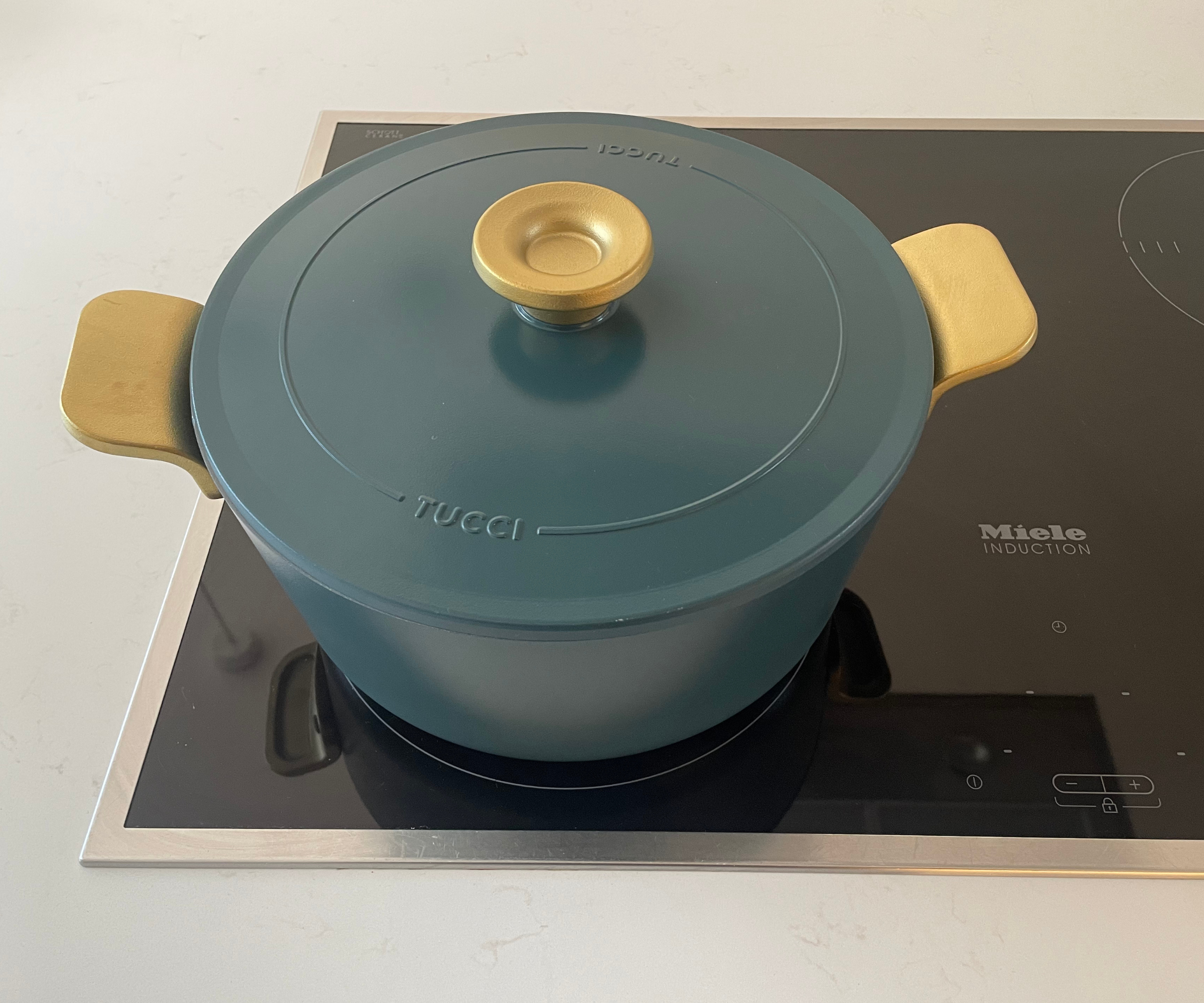

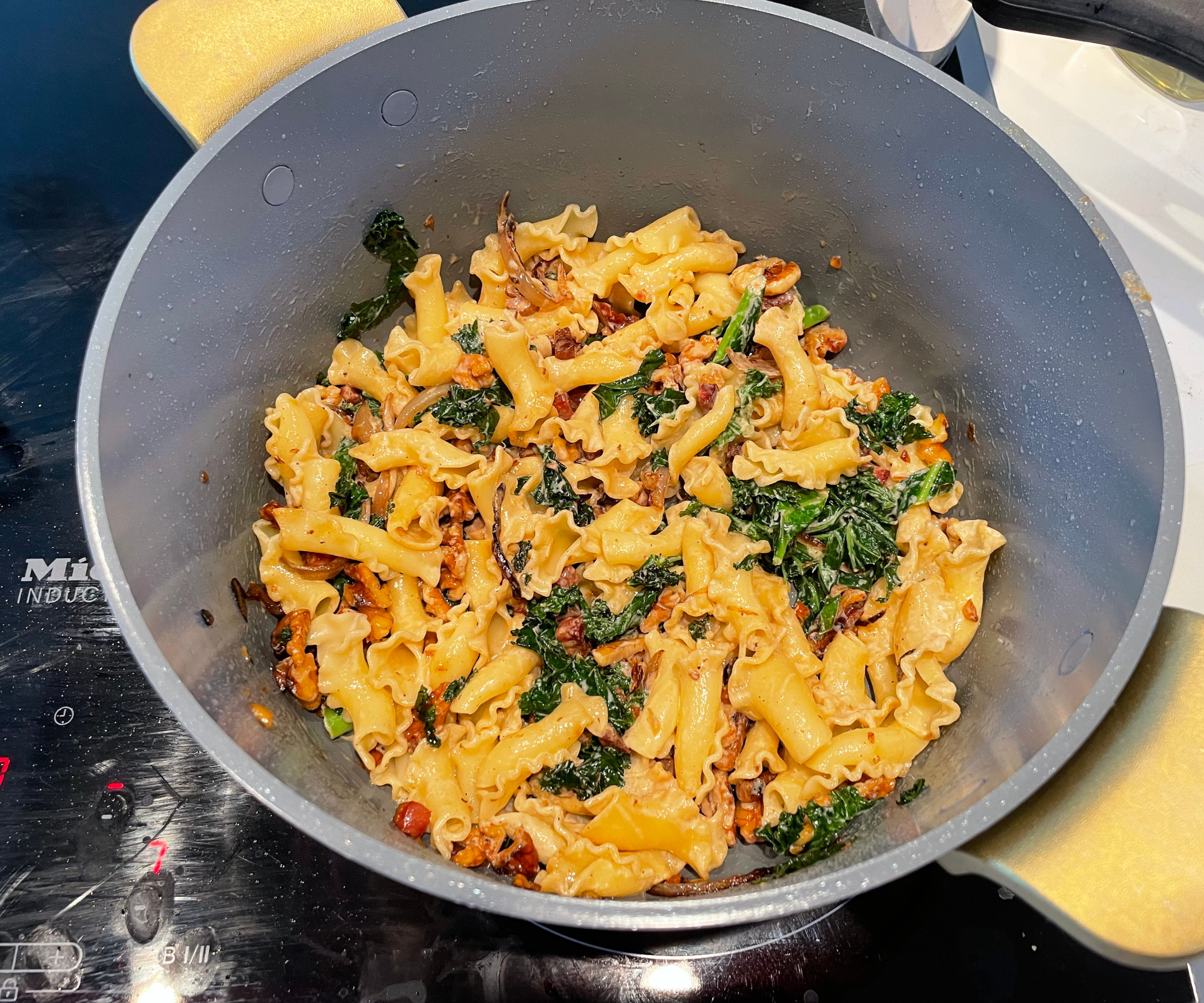
GreenPan x Stanley Tucci Ceramic Nonstick Dutch Oven
Best ceramic non-toxic Dutch oven
Material: Thermolon™ Infinite8 ceramic nonstick coating and 70% recycled aluminum buil | Capacity: 6.5 quarts | Weight: 8 lb. 8 oz. with lid. | Origin: Made in Italy | Temperature: Oven and broiler safe up to 600°F | Warranty: Limited warranty
Stanley Tucci’s Dutch Oven is a modern spin on the classic kitchen workhorse. It comes in navy or cream colorways, with gold handles and sleek curves. Like all the Dutch ovens I featured in this guide, it’s naturally PFAS-free, but this pot stands out with its diamond-infused ceramic nonstick coating.
The coating ensures sizzling sticky ingredients, and cleaning is effortless: a soft sponge and some warm, soapy water are all you need. Even after cooking crispy pancetta, very little food residue stuck to the pan, and it rinsed away easily.
That said, I much preferred cooking with the Le Creuset Dutch Oven. While Le Creuset’s cast iron isn’t technically non-stick, you simply can’t beat its sear, heat retention, and long-term durability. The Tucci oven, by comparison, feels a little cheap in places. After a few uses, I noticed some chipping around the lid edge. Plus, the gold-tone handles are pretty, but they did get very hot and difficult to handle.
Read more in my full Stanley Tucci cookware review
Best lightweight Dutch Oven
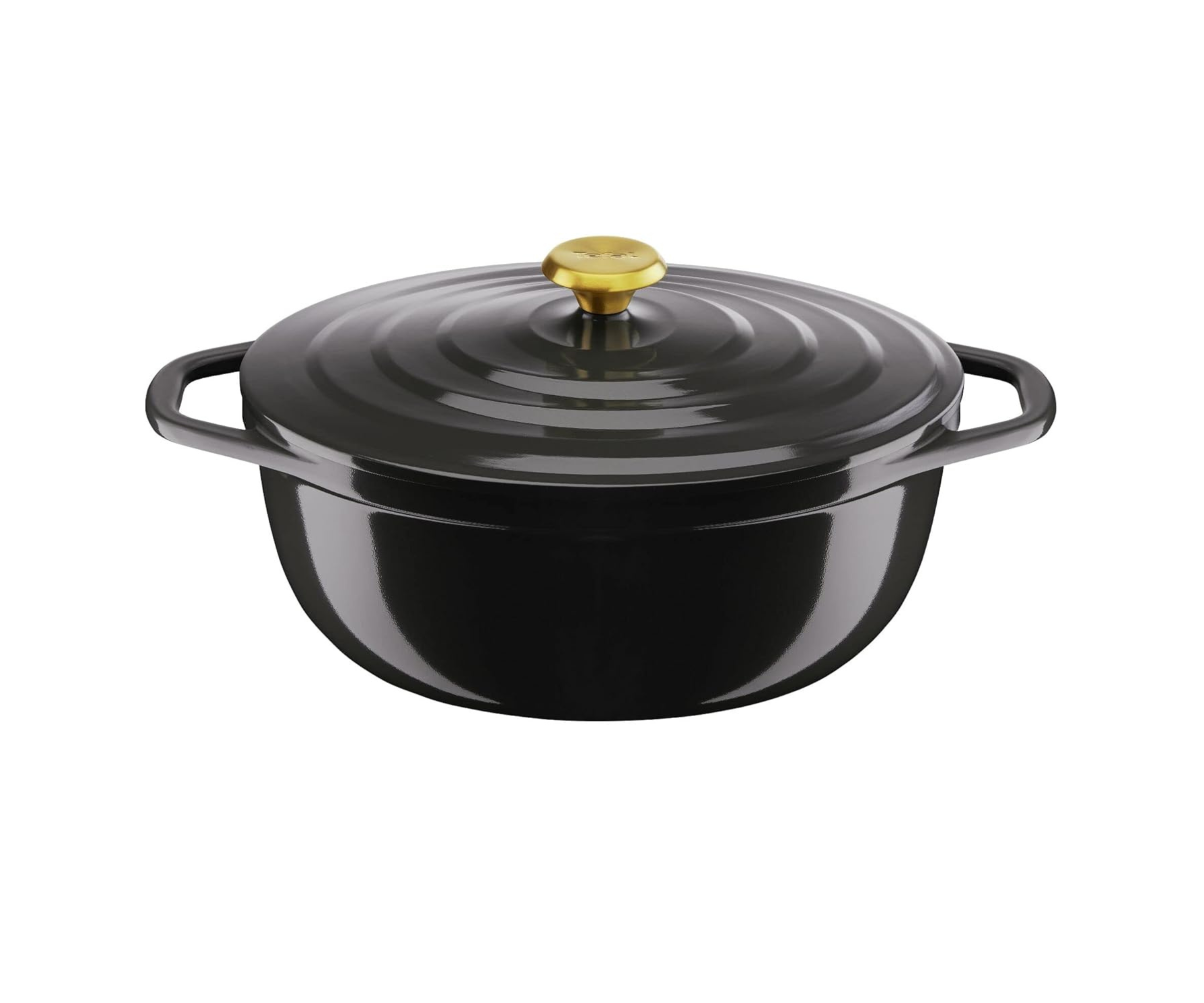
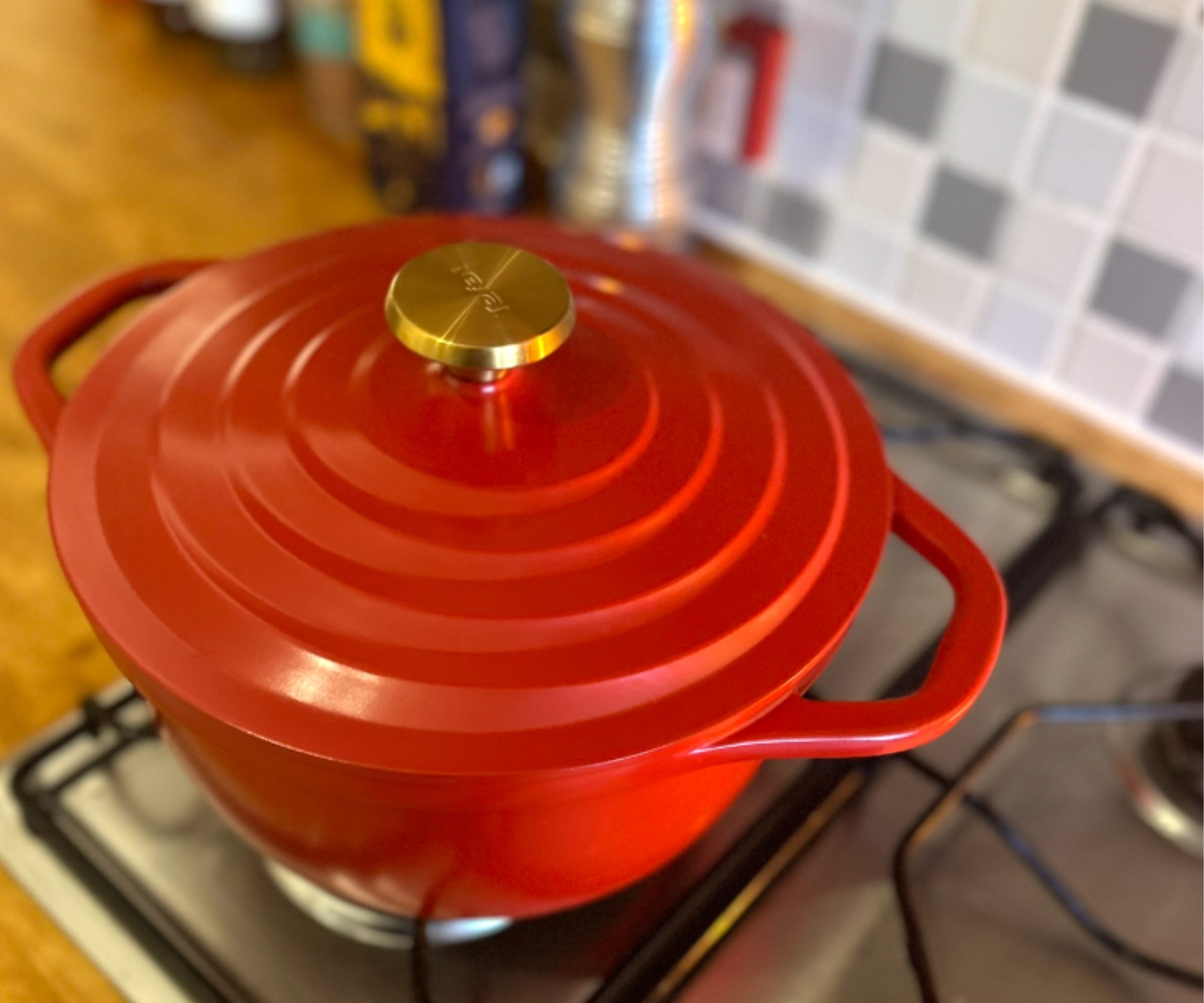
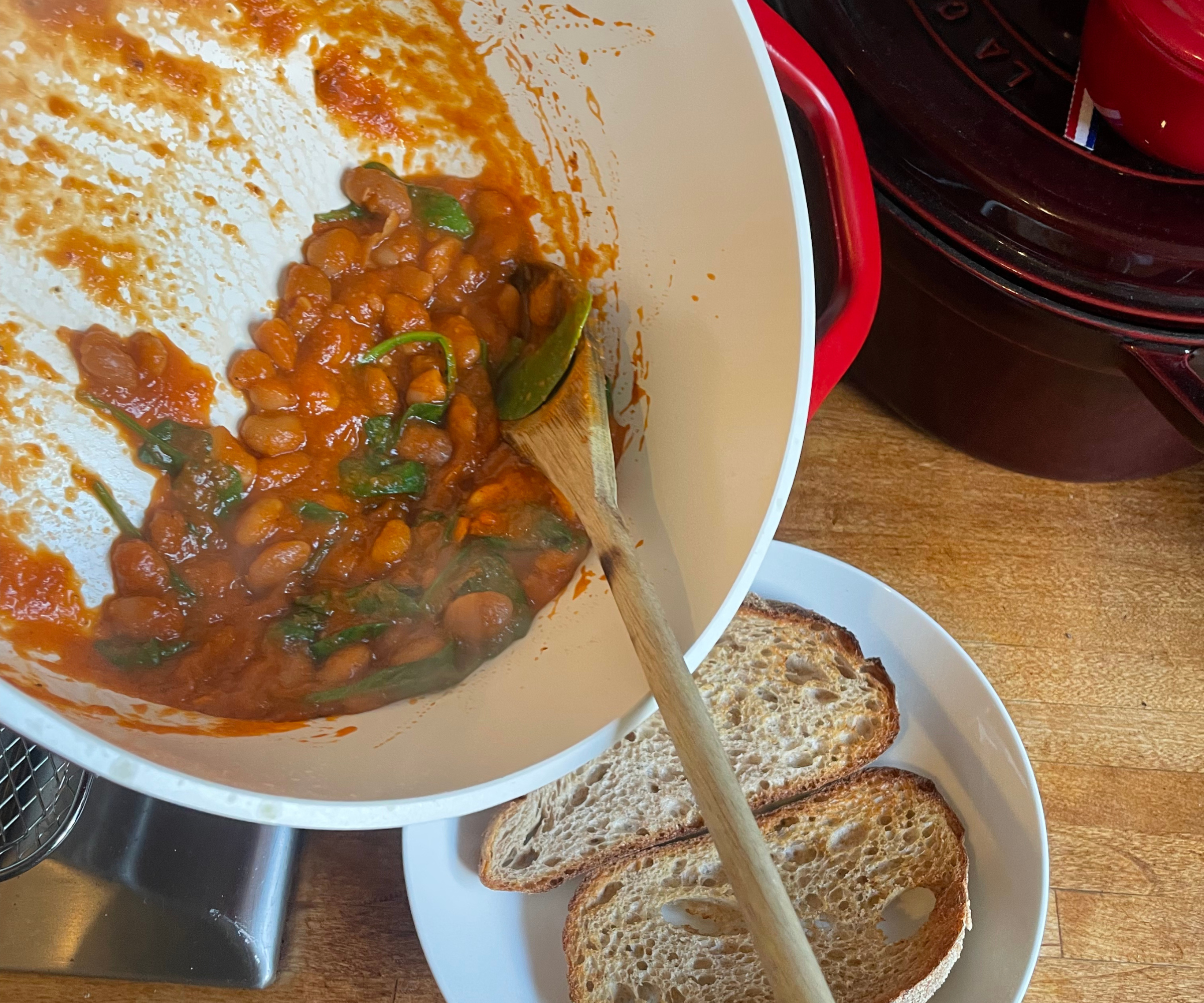
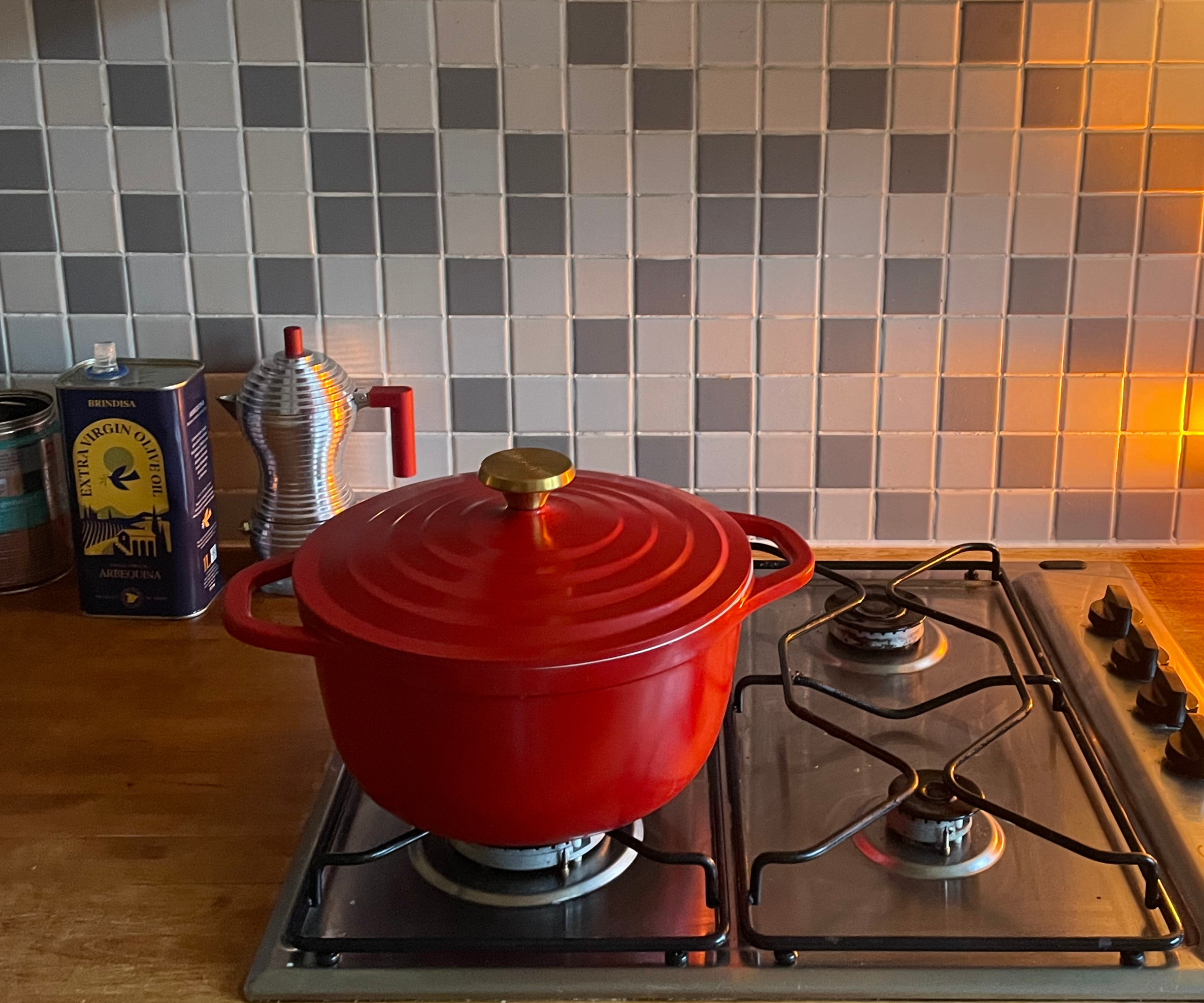
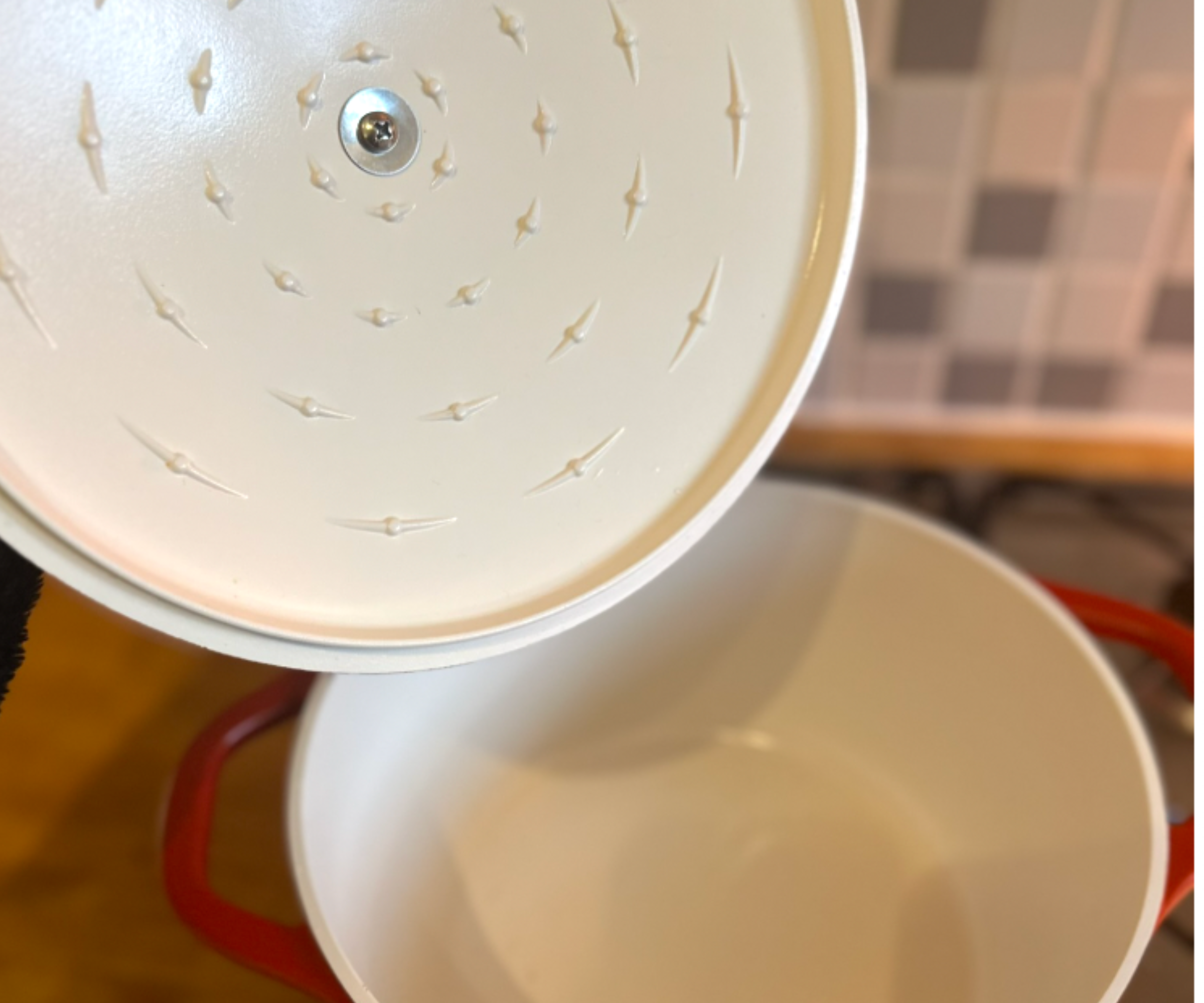
Tefal Air Light Cocotte
Ultra lightweight Dutch oven alternative
Material: Cast aluminum, ceramic coated interior | Capacity: 6 Quarts | Weight: 2.1 kg | Induction safe: Yes | Heat Tolerance: Oven safe up to 480F | Warranty: N/A
I first turned to the Tefal Air Oval Casserole Dish when I was recovering from surgery and was immediately impressed by how manageable it felt. While the likes of Le Creuset and Lodge weigh over 5kg, the Tefal pot is just 2.1kg. It is well-suited for anyone with limited strength or mobility.
The Tefal dish heats up very quickly and performs well for soups, broths, ramen, pasta, simmered beans, and risottos. The non-stick surface manages to get a nice golden sear on ingredients like chicken and onions, and the aluminum construction makes it easy to lift from stove to oven and pour straight onto your plate. However, aluminum conducts heat very quickly, which can lead to hot spots and uneven browning if you’re not careful.
By contrast, cast iron – like that used in Le Creuset, Lodge, and Staub – is much denser, heats more slowly, and retains heat exceptionally well, perfect for slow braises and baking bread (I wouldn't attempt the latter in this pot, I think it would be a disaster).
While Tefal’s aluminum can last a few years with careful handling, it’s more prone to warping, dents, and doesn’t have the same long-term heirloom potential or cooking benefits as premium cast iron. Still, if you need a lightweight pot, look no further.
Read more in my full Tefal Air Cocotte review
How we test the best Dutch ovens
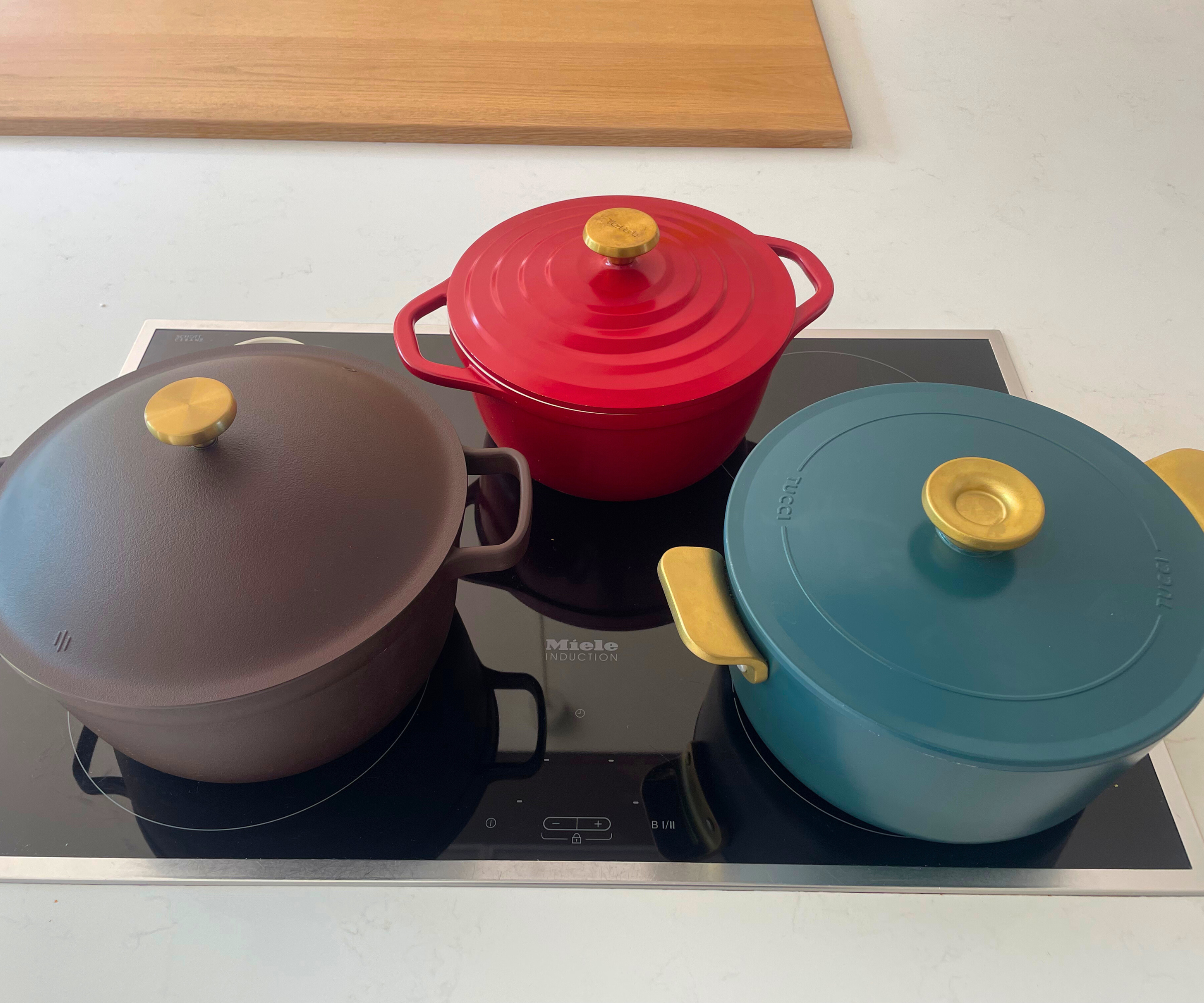
When I test Dutch ovens, I look for the perfect balance between beauty, performance, and practicality. Here are the criteria I considered to rank the top six best Dutch ovens in this guide.
Design: First impressions matter. I take note of how it looks on the stovetop (the shape, the handles, the finish, the color). A Dutch oven often lives on display, so I want it to feel like a centerpiece, not just a cooking vessel.
Materials: Then, I look beyond aesthetics to the materials. The gold-standard Dutch oven should be made from quality cast iron, which offers unparalleled heat retention and handles scorching oven temperatures. However, I'm also open to considering lighter alternatives, like stainless steel or ceramic-coated options (as long as they can withstand oven heat) that may better suit home cooks who prefer less heft or lower price tags.
Lid: I always check how snugly the lid fits. A tight seal locks in moisture, flavor, and heat, which is the key to slow-cooked stews and tender braises. Premium models like Staub, with their self-basting lid spikes, set a high bar here, so I compare others against that standard.
Ergonomics: Next comes comfort and control. I pay attention to handle design, weight distribution, and how easy it is to lift the pot in and out of the oven (especially when it’s full and hot). Small touches, like wide handles or a sturdy knob with good grip, make a big difference. Otherwise, it can be easy to make a Dutch oven mistake.
Cooking Performance: My favorite test happens on the stovetop. I always make a slow-cooked meat casserole (a stove-to-oven recipe) and bake bread. I note how evenly and quickly the ingredients turn golden in the pot and how well it maintains moisture. The proof is always in the pudding.
Cleaning & Maintenance: A dish might taste delicious, but it means next to nothing if the cleaning is a nightmare. I use the pot over the course of a few weeks or months and make notes on maintenance, as the last thing you want is an enamel that stains, chips, or rusts over time.
Longevity & value for Money: Finally, I consider whether the quality matches the price tag. In my opinion, the best Dutch oven should feel like an investment – something you can cook with every week and still pass down one day. Some high-end Dutch ovens are built to last a lifetime, while others offer surprisingly strong performance at a fraction of the cost.
Also, I should mention: I trained at a professional cookery school. I'm now a food writer, product tester, and recipe editor, and I've worked with some of the world's leading recipe companies, from Mindful Chef to Deliciously Ella. So, I do have exacting standards.
Meet the tester
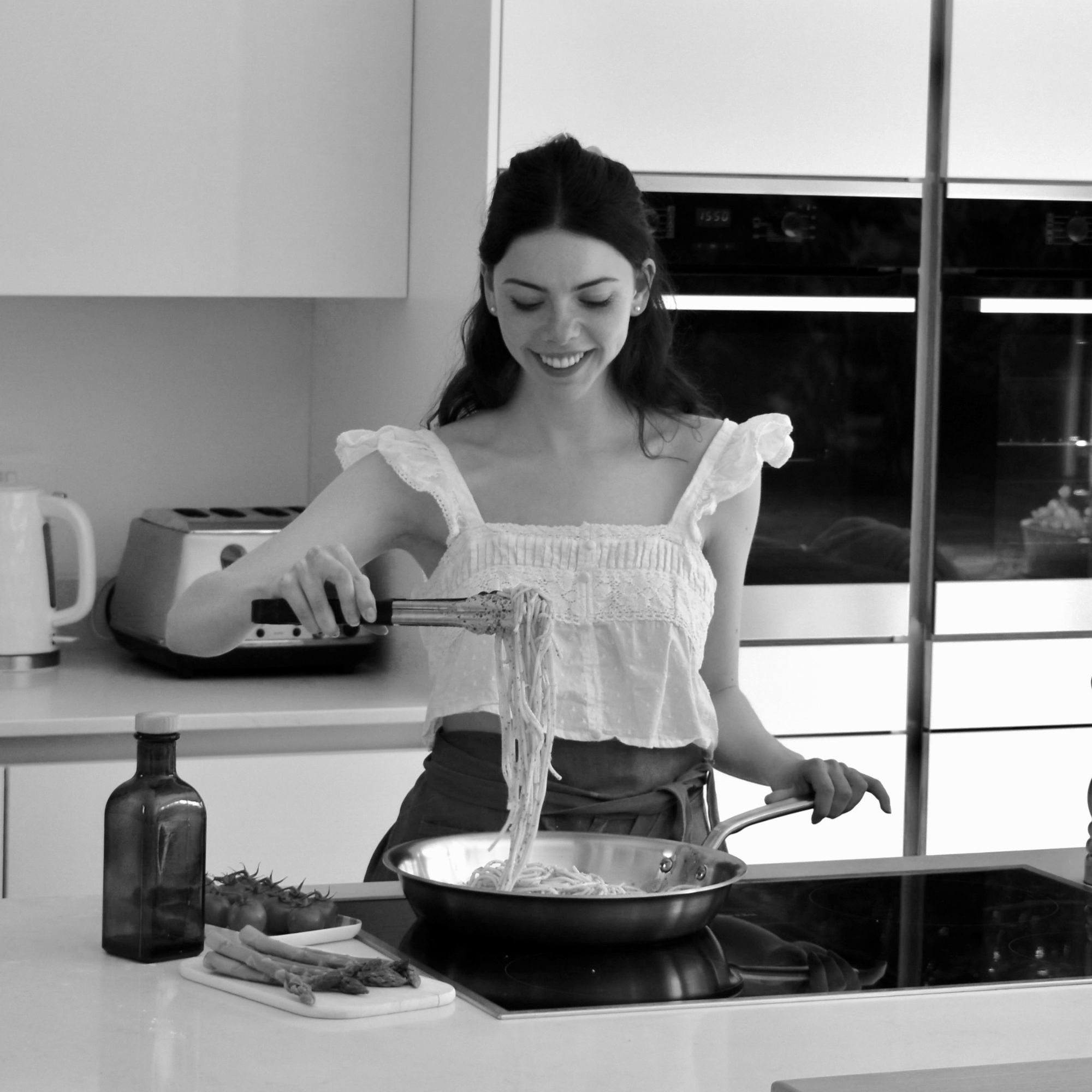
My culinary career started at Leiths School of Food & Wine, and has since taken me to organic restaurants in Ibiza and the nutritionist's kitchen of Mindful Chef, where I worked as a Recipe Editor. Now, as Kitchen Appliances Editor at Homes & Gardens, I lead research, testing, and reviews on the kitchen appliances of all shapes and sizes – including the best non-toxic air fryers, the best non-stick fry pans, and the best non-toxic cookware.
FAQS
What is a Dutch oven?
A Dutch oven refers to a heavy, thick-walled cooking pot with a tightly fitting lid that makes them an excellent option for slow cooking, braising, and soups. They're suitable for both stovetop and oven use and can notably withstand high heat. Raw cast iron can even be used for outdoor cooking.
You'll typically see them available in cast iron, enameled cast iron, or ceramic varieties. Cast iron cookware actually originated in the Netherlands, hence the name 'Dutch Oven'. Around the 1600s, it was found to be much cheaper to make than copper and brass cookware found across Europe, and a production solution was found: sand-cast molds.
You may also find the term 'French Oven', which actually refers to enameled cast iron, but the terms are actually used interchangeably, with 'Dutch oven' having the most recognition.
Dutch ovens differ from stockpots, which are typically taller, may not be oven-safe, are usually lighter, and the lids don't seal as tightly.
What size Dutch oven is best?
Dutch ovens come in many different sizes from tiny 1-quart portions (great for personal servings) to massive 15 quart vats that could cater to a crowd. As a Dutch oven is an investment in your cookware, and something designed to last for decades, you'll want to make sure you have the right-sized pot that takes into account what you are cooking and who you usually cook for. Usually, a 5-6 quart Dutch oven is more than sufficient for making at least four or five servings of a recipe, and I recommend that for family meals.
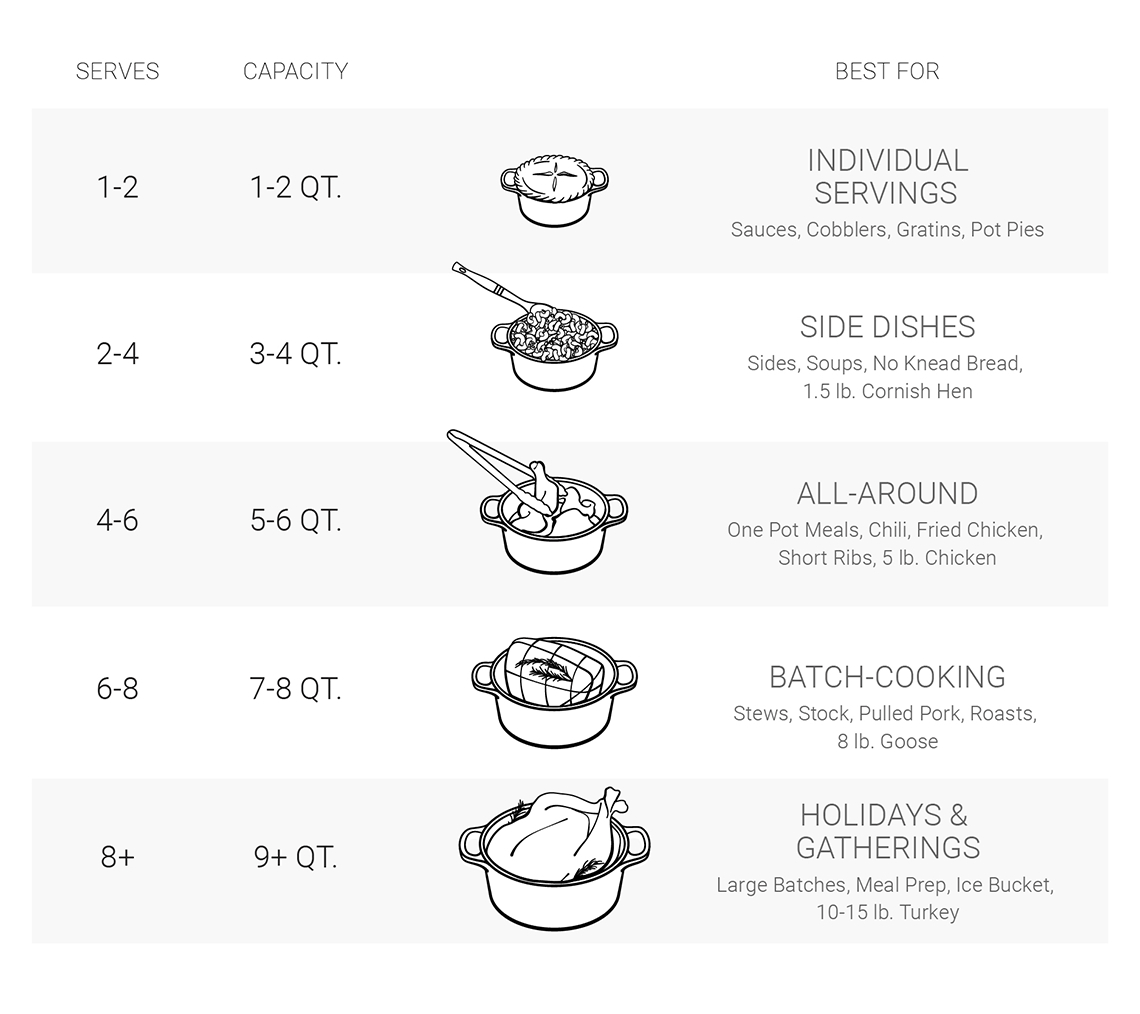
What to cook in a Dutch Oven?
The question here should be, what can't you cook in a Dutch Oven? These versatile pots are celebrated for their excellent heat retention, making them ideal for everything from baking and browning to braising. The possibilities are practically endless. Some of my favorite ideas include no-knead bread, a classic pot roast, hearty chili, comforting stews and soups, cheesy casseroles, creamy risottos, flaky pot pies, and even pasta dishes.
Design expertise in your inbox – from inspiring decorating ideas and beautiful celebrity homes to practical gardening advice and shopping round-ups.

Lydia is the Kitchen Appliances Editor for Homes & Gardens, testing everything from air fryers and mixers to juicers and coffee machines. She trained in Culinary Arts at Leiths School of Food & Wine and previously served as the Recipe Editor for Mindful Chef.